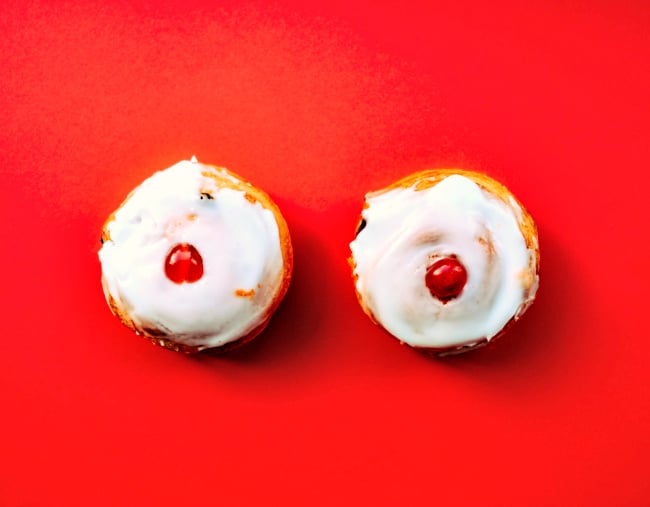
Fact: Most women have nipples.
Also fact: Some of those nipples have hairs.
Yes, that’s right. You’re not an anomaly nor a hairy beast, walking the path of unwanted body hair alone. Nipple hair is actually very common and there’s a good chance someone you know with breasts has them too.
Stigma keeps many women from seeking help or simply even asking questions about the hairs around their nipples, like why do I have them, what purpose do they serve and should I be worried about them?
So let’s whip them out from behind the shadow of your bra – and internalised shame – and shine a sensitive and knowledgeable light on the entirely normal existence of nipple hairs.
Whether you’ve got a lot, a few, long and wiry ones or they’re soft and fluffy, here’s what you need to know about the hairs on your nipples from an expert.
1. What do nipple hairs do?
Short answer – bugger all.
Like many great (or in this case, not so great) things in life, we just don’t know why on earth someone/thing decided it’d be fun for some women to grow hairs around their nipples. Dr Ginni Mansberg is equally baffled.
“We just don’t know what in our history made our grand designer think ‘oh some hair on their nipples would be useful’,” she said with the exact amount of tone you’re imagining.
“It’s a bit unknown – why they started, why we have them and what use they could possibly serve. All we know is they’re there and they’re annoying.”


